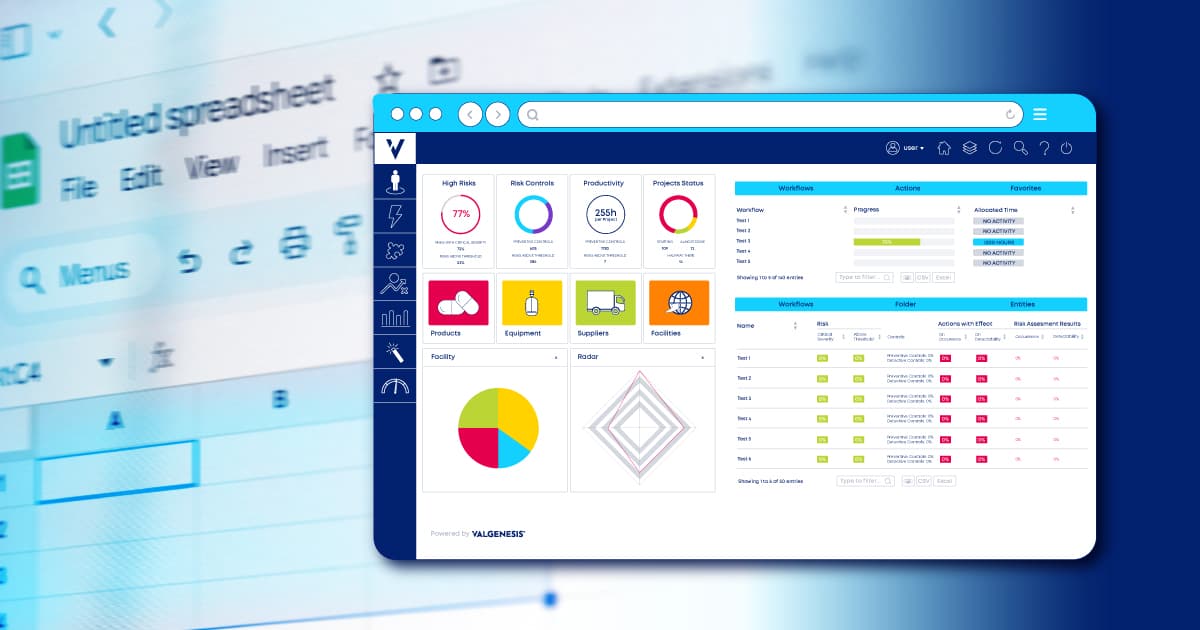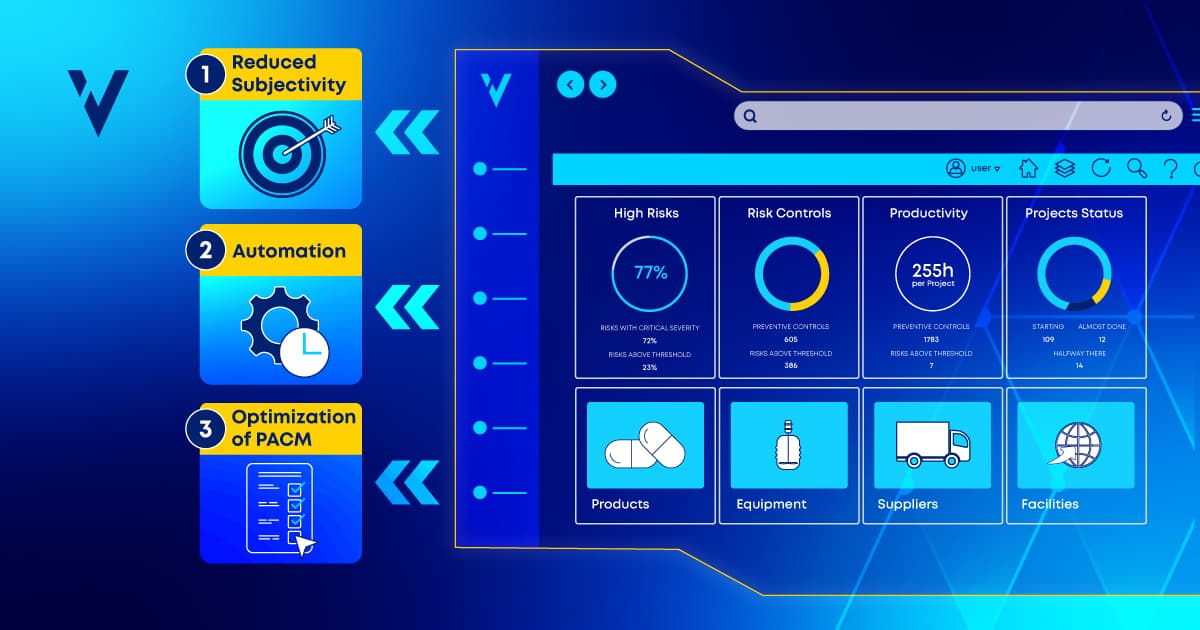
Published on July 13, 2023
Reading time: -- minutes
Last updated on November 4, 2024



As you know, GMP Annex 1 is a guideline developed by the European Medicines Agency (EMA) and the European Commission that provides guidance on manufacturing sterile medicinal products. It includes the manufacturing requirements for sterile drugs made in and imported into the EU.
In 2015, a revision was triggered to address technological advances and industry trends in the pharmaceutical manufacturing sector by applying the tools described in ICH Q9 and ICH Q10. The long-awaited revised Annex was published on August 25, 2022, and it will go into effect on August 25, 2023.
In this blog post, we will examine the requirements of the Annex 1 revision and discuss ways to guarantee its implementation.
The Annex offers guidance for manufacturing sterile products covering the design and control of facilities, equipment, systems, and procedures.
One of the key aspects of the revision is the application of quality risk management (QRM) to the product and process lifecycle as described in its scope:
"This Annex provides general guidance that should be used in the design and control of facilities, equipment, systems and procedures used for the manufacture of all sterile products applying the principles of Quality Risk Management (QRM), to ensure that microbial, particulate and endotoxin/pyrogen contamination is prevented in the final product."(1)
For this purpose, the guidelines state that you should consider the following areas for risk minimization:
In conclusion, processes, equipment, facilities, and manufacturing activities should be managed in accordance with QRM principles to proactively identify, scientifically evaluate, and control potential risks to quality.
Additionally, there is a requirement to implement a contamination control strategy (also known as a CCS). The CCS should define all the control points and evaluate the effectiveness of the controls and monitoring measures (i.e., their design, procedure, technical, and organizational aspects).
The short answer is that you need an effective pharmaceutical quality system (PQS).
Effective means that, according to the requirements detailed in Chapter 1 of the GMP guidelines, it needs to:
Last, but not least, all non-conformities should be adequately investigated before the certification or release of each batch.
To ensure your PQS is ready for what the Annex 1 revision requires, we propose implementing a digital risk management platform.
It’s essential that your risk management system can support the extensive risk management demands of the Annex 1 revision. To accomplish this, we recommend centralizing your risk management activities in a single platform with workflows that are consistent across your company.
These workflows will, in turn, allow you to identify, quantify, and prioritize the risks in an effective, cost-efficient way. Additionally, this platform should:
Whether you’re already halfway through implementing the Annex 1 revision or just getting started, ValGenesis can support you with the most complete digital risk management tool. Reach out to one of our experts to find a solution tailored to your needs.

Discover why Excel is no longer sufficient for effective risk management in the pharma industry and why transitioning to specialized software is crucial.
By Emmanuel Cansino
Read
In this blog post we'll look into what steps you may need to take to make sure you are compliant with the ICH Q9(R1) guideline.
By Pedro Ferreira
Read
In this post, we’ll look at 3 benefits of integrating process data with risk management and how it increases organizational efficiency and competitiveness.
By Pedro Ferreira
Read